The Ancient Owls
Athena was the Greek goddess of wisdom and she honoured the owl as her companion. Coins were minted with Athena on one side and an owl on the other (see below). The particular species of Athena’s choosing was the Little Owl that lived in large numbers around the Acropolis. Because the owl can see in the dark it was thought to possess some sort of magical power. The Little Owl was believed to protect Athenian armies as well as the state’s trade.
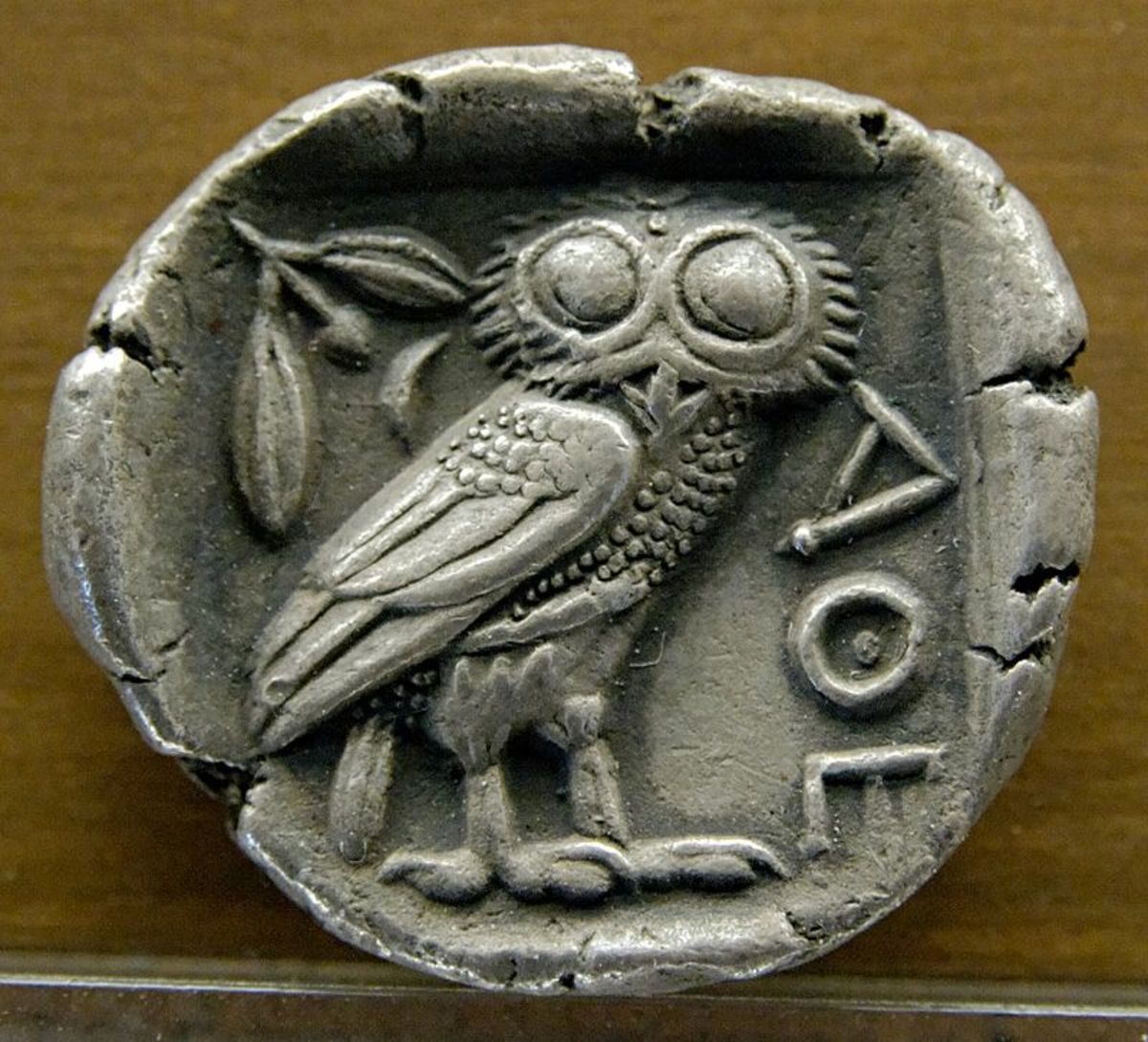
The Romans didn’t find owls so engaging although they did link them to Minerva, the goddess of wisdom and prophecy. So, they believed owls had predictive powers and their presence foretold impending doom. Apparently, an owl warned that disaster might befall a Roman army that was invading Mesopotamia. The owl, if you believe a bird can see into the future, was correct. Under the incompetent generalship of Marcus Licinius Crassus, his army was slaughtered at the Battle of Carrhae in 53 BCE. The Romans also believed that owls were transformed from witches and went about sucking blood from babies. All this nastiness could be countered by nailing a dead owl to the front door of a house.
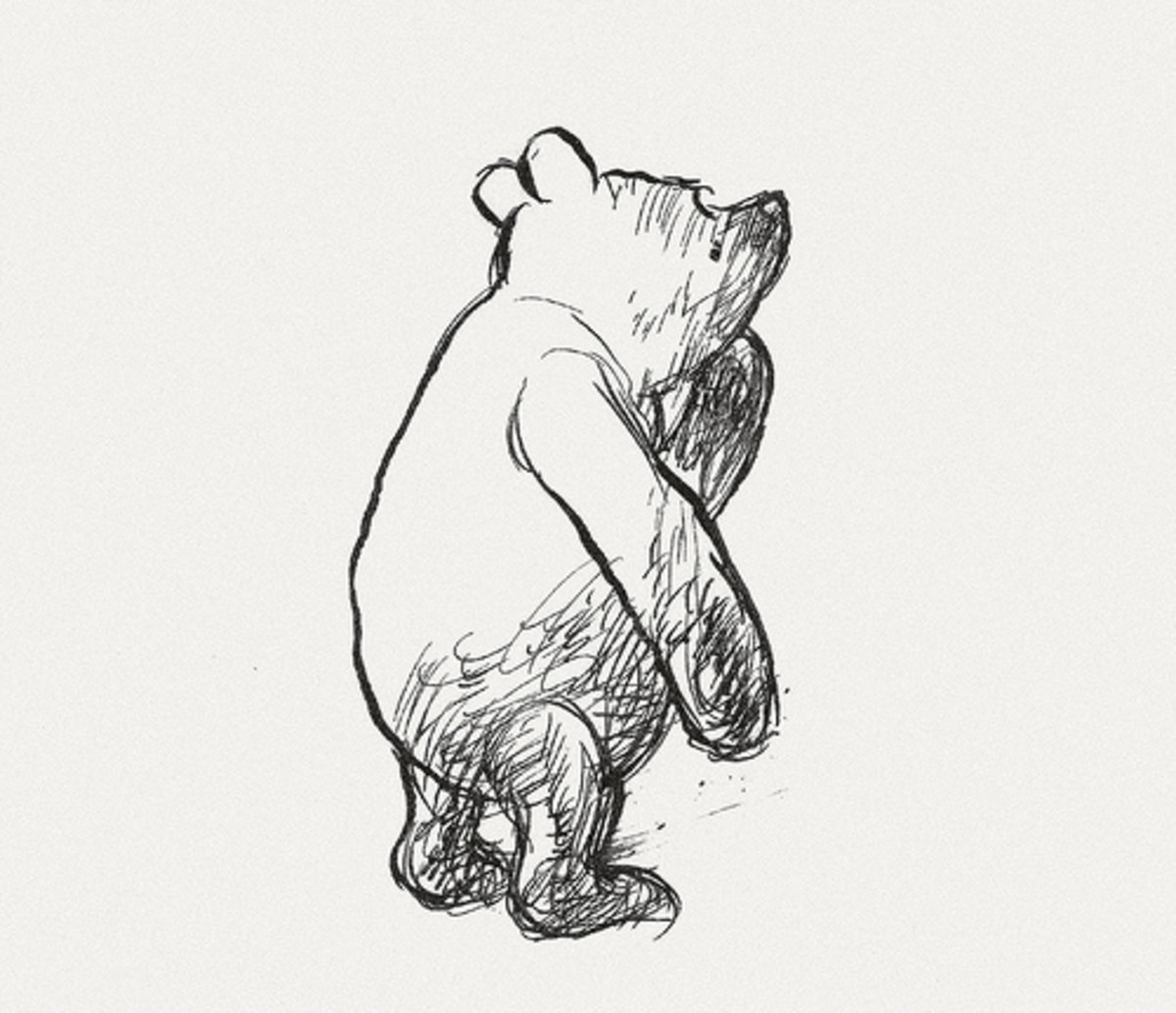
Native American Culture and Owls
Jamie K. Oxendine writes (Powwows.com) that “Among many tribes, the owl is to be both feared and embraced. Traditionally, many tribes believed, (and some individuals still hold these beliefs), that certain medicine people (both male and female) could be drawn to that part of spiritual power that would do harm to other people.”
Commonly, the legends tell of witches shape-shifting into owls so they can fly silently over people at night and cast sinister spells on them. To the Hopi people of the south-western U.S. the Burrowing Owl is sacred although it is also associated with death. Many other tribes see owls are harbingers of the end of life.
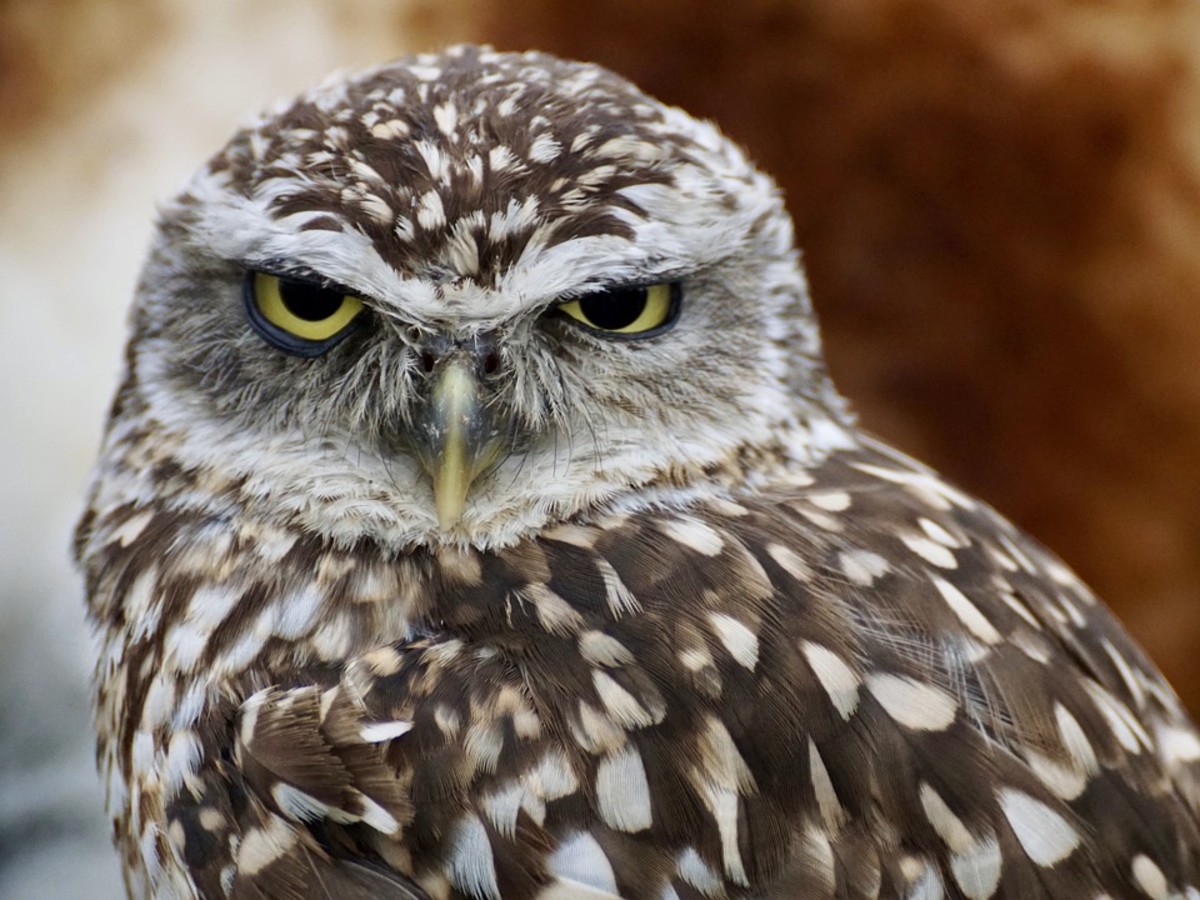
The Ojibwa connected the owl to the passage from life to the spirit world and believed the newly dead crossed the owl bridge. Among the Passamaquoddy of the north-east there is the story of the Great-Horned Owl who got his aunt to give him magic potions so he could appear as a handsome young hunter. He was able to enchant a beautiful young woman to be his wife and he carried her away to live in the owl village.
To the Apache, Big Owl sometimes takes human form but as a giant. He is used in children’s stories as a bogeyman warning the little ones to obey their parents. But, sometimes owls were seen in a more favourable light. Cheyenne warriors wore owl feathers in the belief that they would bring them the bird’s special powers of night vision or stealthy movement. The Pawnee also told stories of how owls turned some people into excellent hunters by transferring their unique abilities to them.
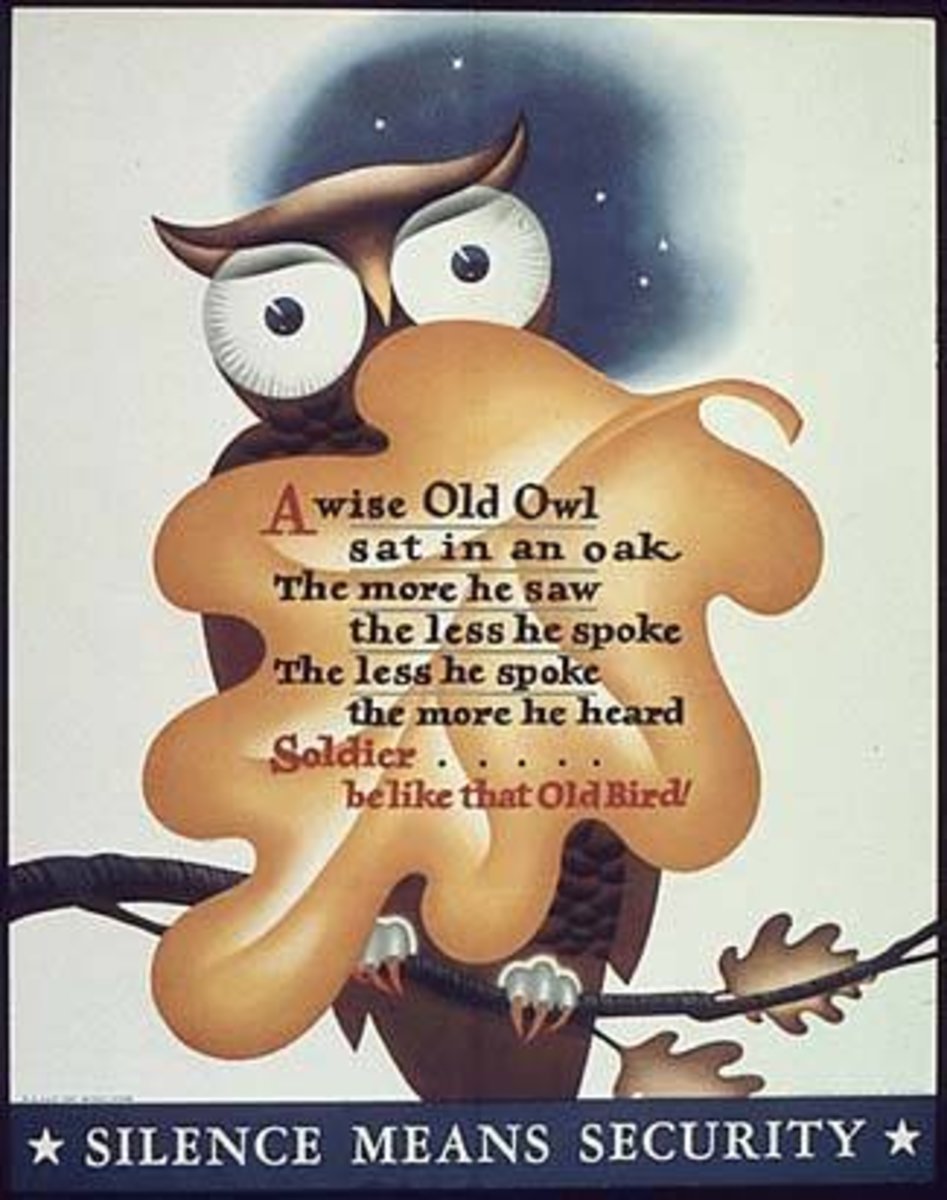
Owls in Africa
Generally, owls get a bad press in Africa. Cameroonians call it “the bird that makes you afraid,” and east Africans say it brings illness to children.In some African cultures, as elsewhere, owls are connected to sorcery and are believed to be able to travel to and from the spirit world.
The affinity of owls and witches crops up in Madagascar where they are both believed to dance on the graves of the dead. In Malawi, they are thought to be the messengers of witches. The hoot of the owl presages terrible things in most of Africa. In fact, it’s next to impossible to find any culture in the continent that has anything good to say about the bird.
European Owl Mythology
The British came up with an interesting way of killing the pesky beast based in the ability of the bird to turn its head a long way around. The idea was to find an owl in a tree and to walk in circles around it. The owl was believed to keep its eyes on the walker until it wrung its own neck.
Fantastic eyesight is another owl attribute and the English thought they could steal this by cooking the bird’s eggs into ash and then making a potion from it. In India, the folklore belief was to cut out the cooking step and simply eat the owl’s eyes. The Welsh believed the owl was a dreadful tattle-tale; if it was heard among houses it was signalling that an unmarried woman had just lost her virginity. Because of the supposed connection to witchcraft, the early Christian church turned the owl into a symbol of demonic possession and Satan. This was obvious because the bird hunted in darkness and preyed on innocent animals.
As with so many other cultures, the people of Italy, Germany, Russia, Poland, and Hungary tied the presence and hooting of owls to death. Although the Poles believed that if a woman died unmarried she became a dove, while those that were married turned into owls.
The French, bless them, put the owl on a pedestal; several species have been named after dukes. Of course, dukes went out of fashion during the French Revolution so the naming convention may not be such an honour today. There’s a bit of a Gallic theme developing around l’amour because the people of Lorraine thought owls were good at finding husbands for unmarried women. Meanwhile, Romanians developed the lovely notion that sinners who repented would be carried aloft to heaven in the form of Snowy Owls.
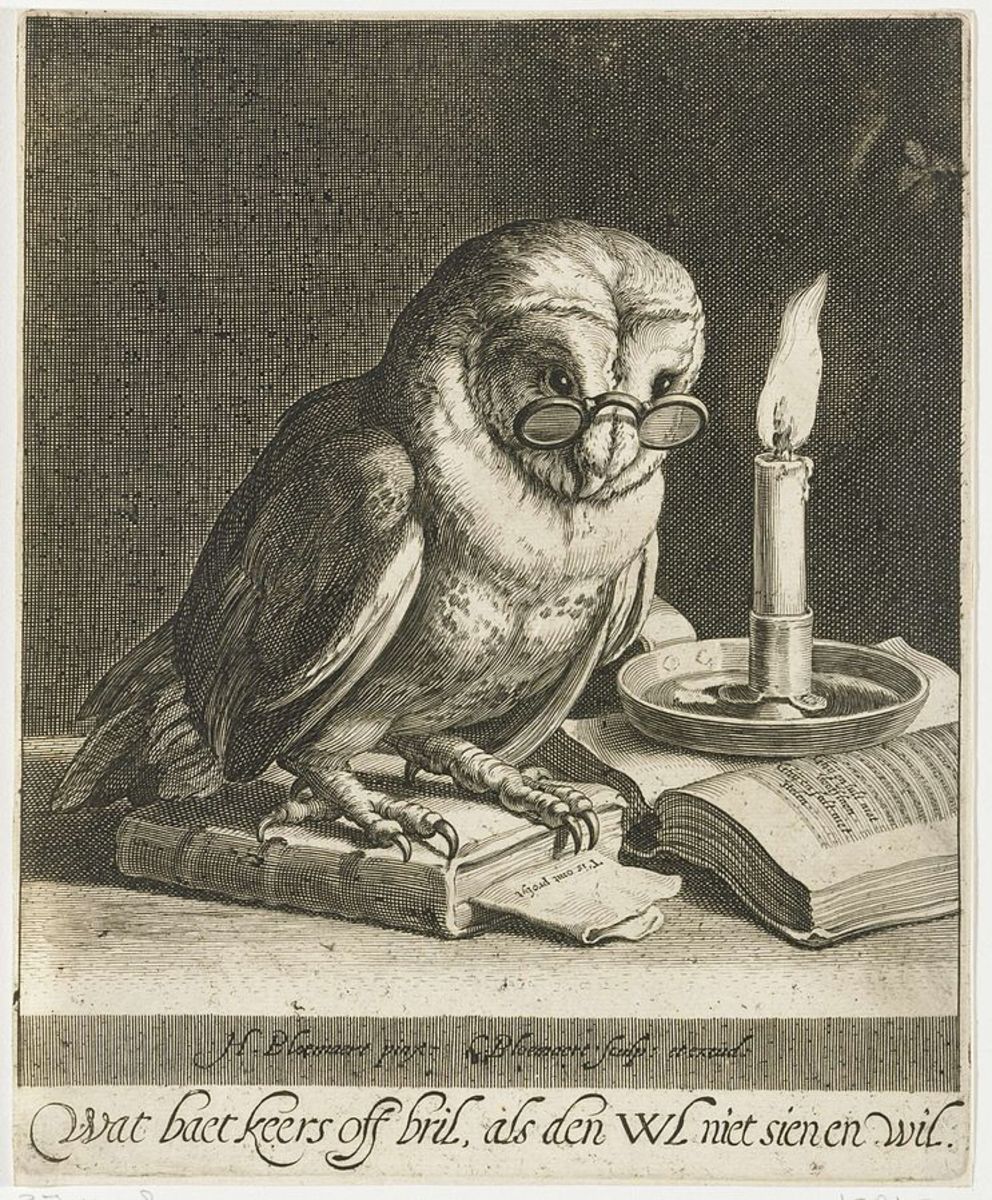
Bonus Factoids
According to the fossil record, owls have been around for 60 million years and they have changed very little over that period of time. The Aviary at Owls says there are 216 species of owls in the world today.
J.K. Rowling has done a lot to lift the image of the owl from its doom and gloom status. In her Harry Potter novels she uses a Snowy Owl, Hedwig, as companion and friend to her central character. There are several other owls in the series further entrenching their mythological connections to wizardry.


